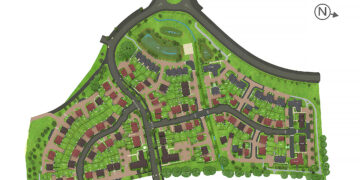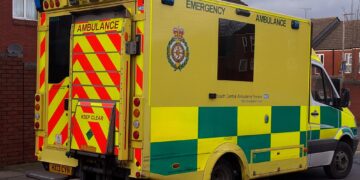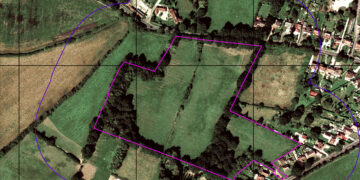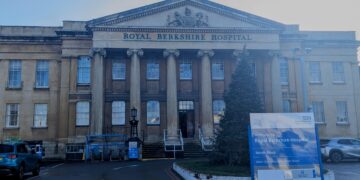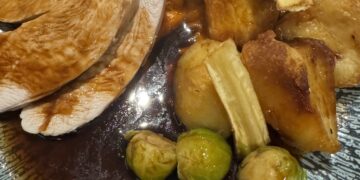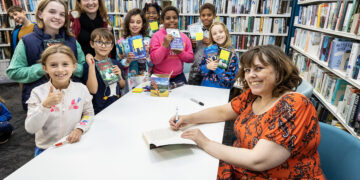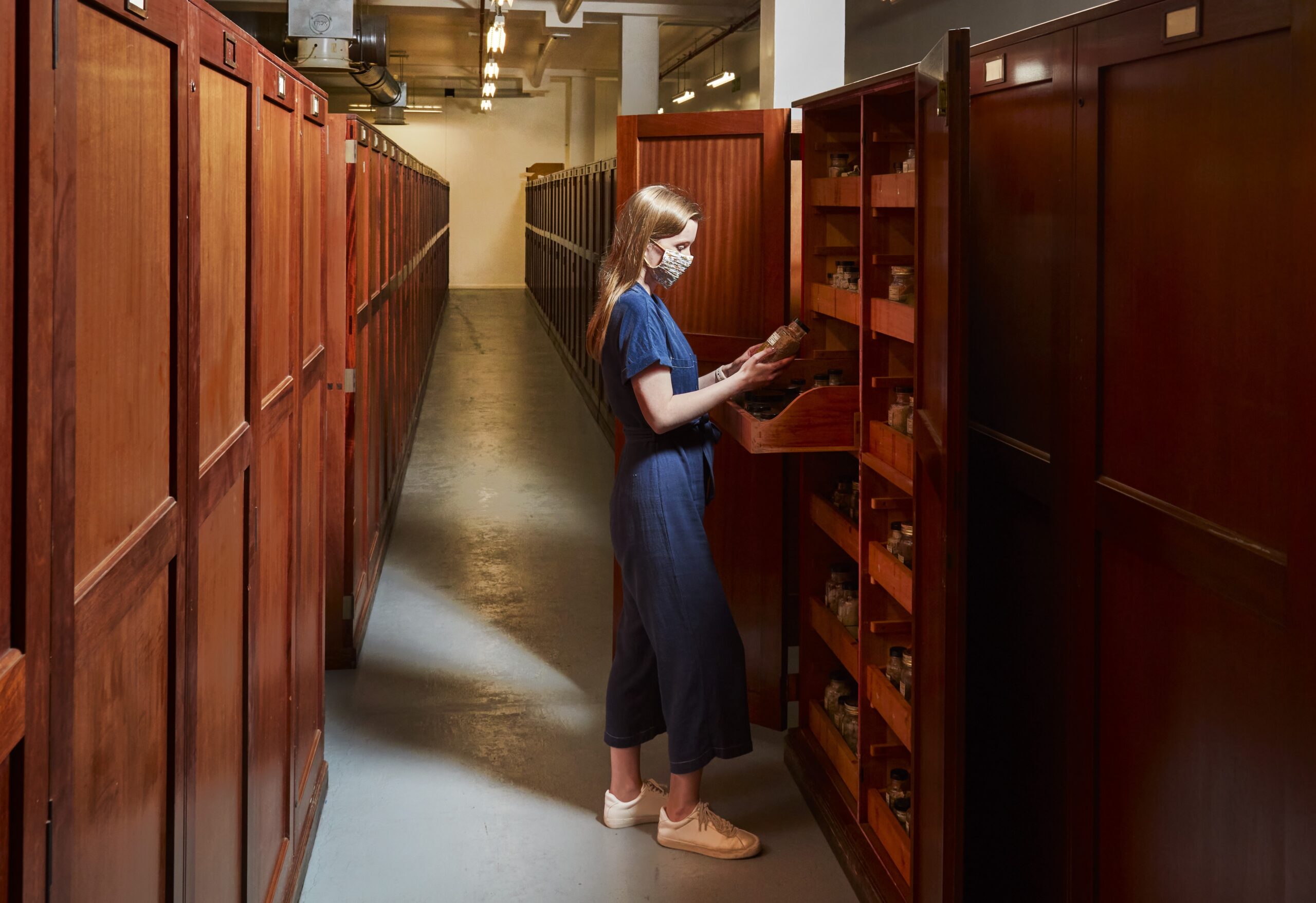WOKINGHAM Borough Council has been full of praise for the proposed opening of a world-leading research centre.
The Natural History Museum is set to build the state-of-the-art facility in Shinfield, subject to planning permission.
The site could help tackle climate change.
27 million specimens are expected to be relocated, making it the museum’s biggest move since the 1880s.
Cllr Lindsay Ferris, executive member for planning and local plan, said: “We welcome this proposed addition to the cutting-edge offering at Thames Valley Science Park and the partnership with the University of Reading.”
“[It] will cement the borough’s position as a hub for scientific and technological excellence while creating jobs alongside new housing.”
The government-funded facility would house about a third of the museum’s 80 million-strong collection, protecting items currently at risk of deterioration due to unsuitable storage conditions.
Notable barnacles studied by Charles Darwin and the head of a megaloceros, a type of deer that lived in the Ice Ages, would be amongst the artefacts housed at the new site.
The move would also see the relocation of 5.5km of library and archive documents.
It would also enhance the museum’s digitisation efforts, offering greater access to its 350 in-house and visiting scientists.
In its official announcement, the museum said the centre would conduct projects aimed at tackling challenges facing the planet, such as biodiversity loss and the extraction of natural resources.

The facility would span the area of three football pitches and accommodate the latest carbon-reducing design features.
If permitted, development would be completed by 2026.
Doug Gurr, director of the Natural History Museum, said: “We look forward to joining the lively community of ambitious, knowledge-based organisations at Thames Valley Science Park and forging closer relationships with institutions already based there.”
The project further enhances Shinfield’s reputation as a leading site for discovery and creation.
Thames Valley Science Park, which is owned and run by the University of Reading, plays home to cutting-edge innovators such as the British Museum and Shinfield Studios.
Prof Robert Van de Noort, vice-chancellor of the University of Reading, said: “This is an exciting development for the University of Reading.”
“It could provide significant opportunities for our academics and students, as well as bringing benefits to the broader local area.”
“We look forward to working closely with the Natural History Museum and our local community on the proposed development.”
The museum will be required to seek the community’s views on its proposal before it submits a planning application to the borough council.




